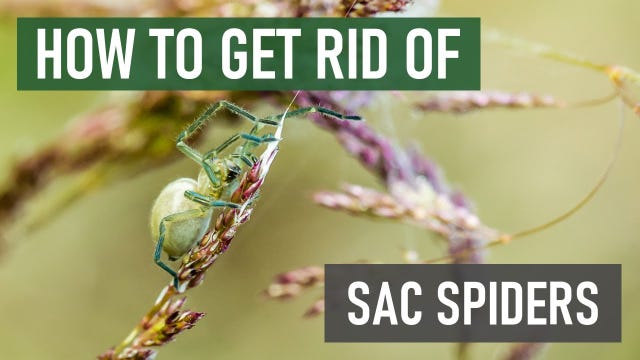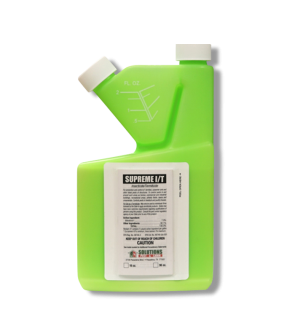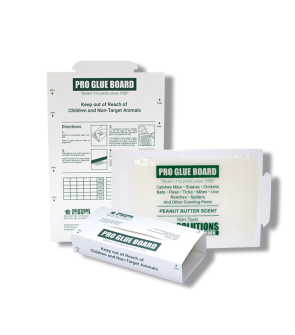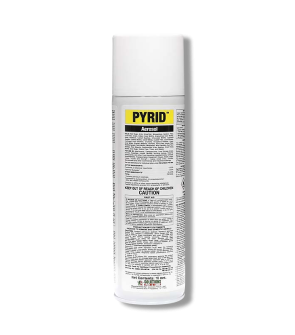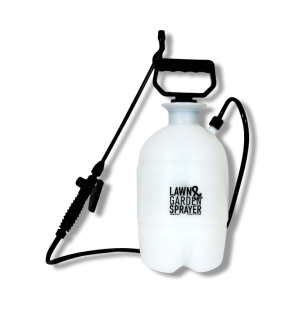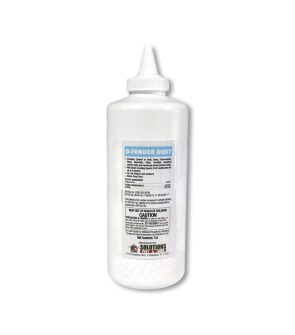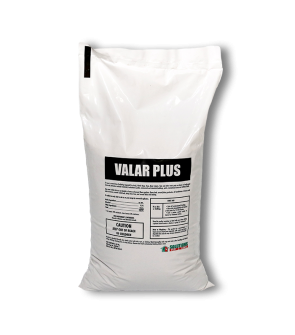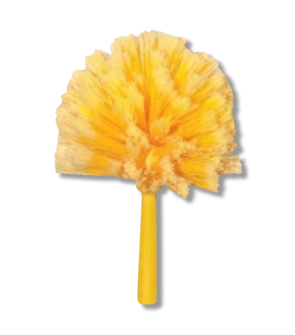Gain access to personalized product screening, the best pricing, rewards, and more!
Most Effective Products
Sac Spider Control: How To Get Rid of Sac Spiders
The sac spider is smaller, about a quarter of an inch in length. It is called a sac spider because it sleeps in self-made silk sacs. Sac spiders are active both during the day and at night and make their homes in human dwellings.
In the wild, sac spiders are usually found in small cocoon-type web formations between leaves, brick piles, tree bark, and virtually anywhere in the garden. Sac spiders also have a tolerance for the cold, as they may be the rare species of spider wandering outdoors when the temperature drops.
Another reason why sac spiders are a worry is because they tend to be very defensive and prone to bite. People are usually bitten when putting on clothes that the sac spider may have crawled into, but they will bite in virtually any other circumstance. Bites can be painful and can cause swelling around the bite site, weakness in local extremities, fever, nausea, vomiting, cramping, and sometimes even cold or flu-like symptoms that can last quite some time.
If you have sac spiders in your home, we can help. Our DIY treatment guide was put together by pest control experts to make it easy for you to eliminate sac spiders yourself easily and affordably. Follow the step-by-step directions below carefully to be successful.
Identification
The first step in any pest control plan is to identify the problem. Careless identification can lead to the use of the wrong treatment methods, which can cost time and money. The sac spider is the most common spider throughout the United States. Common sac spider names include the Argarian sac spider, black-footed sac spider, longlegged sac spider, yellow sac spider, and northern yellow sac spider.
- The sac spider is about 1/10 to 1/2 of an inch long and is between beige and pale yellow. Other colors could include red, brown, tan, and yellow. The sac spider also has eight eyes in two rows of four. Sac spiders are usually shipped in cargo on products such as grapes and other fruits and vegetables, and you may unknowingly snag one at home with you when you’re shopping for produce at the grocery store.
- Legs and bodies are sparsely covered with a few hairs, and the body segments are often two shades of color.
- Some sac spiders have markings on the cephalothorax or the abdomen, and some can have banded legs or dark feet.
- The sac spider derives its name from how it builds its nest: by shooting out webbing not in the traditional way but by shaping its nest in a small tube-like structure that resembles a sac.
Use the image and description above to help identify sac spiders on your property. If you're having trouble with identification, contact us, and we will assist you in correctly Identifying the pest and offer you our best product recommendations for the target pest.
Inspection
Inspection is the next phase of any good pest control plan. Once you know what your pests look like, check around your property to confirm their presence or find areas of activity.
Where To Inspect
Sac spiders are generally found outdoors and indoors throughout the year in heavy vegetation, leaf litter, yard debris, wood piles, and other undisturbed dark areas. If they make their way indoors, they can be found in spots that most spiders prefer to dwell in where there is minimal activity by homeowners, like in the attics or the basement. This is usually dark, cluttered, and undisturbed areas like garages, attics, crawl spaces, and storage closets.
What To Look For
Sac spiders do not build webs like other spiders but will hunt their prey by using their webbing to make sacs to rest in or hide their eggs.
Treatment
Before applying chemicals, read all product labels, follow application instructions, and wear personal protective equipment to stay safe.
Take note of any entry points these pests can use to invade your homes and areas where you have seen other spider species or sacs. An indoor spider infestation usually indicates other pest problems. Be cautious when inspecting or applying pesticide products, as a sac spider bite will bite if disturbed.
The best way to control this pest and keep it away from your home is to make it less attractive for the sac spider to be around. Implementing exclusion measures will also make your home more challenging to access.
Step 1: Clean and Declutter
First, clean and declutter your home. Sac spiders establish webs in dense areas where they can hide. This includes moving boxes indoors, mowing lawns, trimming overgrown shrubs, and picking up wooden debris.
If you find any webs, knock them down with the Cobb Webb Duster. It is made of nylon bristles designed to remove webs and spider eggs. You can attach the duster to an extension pole for any webs in higher, hard-to-reach areas.
Step 2: Exclusion
Start by closing off access into your home by sealing cracks outside the house with caulk and placing screens on doors and windows. To properly barricade pests, larger voids may be sealed with copper mesh.
Sac spiders can enter through very small spaces, so thoroughly inspect your home for possible points of entry and use caulk to fill those gaps. Do this inside and outside, removing any places where sac spiders can enter or hide. They'll go elsewhere if you make it difficult for them to enter your home.
Step 3: Outdoor Treatment
Keep working outside by removing scraps and wood piles from your yard. Sac spiders like to lay eggs in piles of debris and make nests. After cleaning, treat your home exterior by laying out insecticide granules such as Valar Plus Bifenthrin Granules to eliminate turf-dwelling pests. This application aims to eliminate spiders' main food sources so they will be encouraged to relocate off your property.
With a broadcast spreader, scatter granules around your lawn, flower beds, and mulch areas at the application rate of 4.6 pounds of Valar Plus Bifenthrin Granules per 1,000 sq. ft. of treatment area.
Once Valar Plus Bifenthrin Granules have been completed, activate them by spraying an insecticide like Supreme IT. Supreme IT is a liquid insecticide that treats pests on contact and leaves a 90-day residual that kills pests after they dry. We recommend you make this application with a handheld pump sprayer to treat indoor and outdoor sites easily.
Mix a solution at the products labeled rate of 0.33 to 1 oz. of Supreme IT per 1 gallon of water per 1,000 sq. ft.
With your sprayer, evenly broadcast the products over the treatment area. Use a fan or cone setting with low pressure to ensure full, even coverage.
After you have activated Valar Plus Bifenthrin Granules, conduct a barrier application with Supreme IT around the perimeter of your structure. First, spray any entry points like doors, windows, and other voids pests and spiders use to invade. Then, spray your structure's outer perimeter by spraying 3 feet up the structure and 3 feet out.
Step 4: Indoor Treatment
We recommend treating all your baseboards, around windows and doorways, and any other cracks or crevices where you think sac spiders might be entering or hiding with Supreme IT. If you see the sac spider during treatment, use Pyrid Aerosol to get a direct contact kill.
Step 5: Lay Out Solutions Pro Glue Boards
Finally, if the sac spider is still alive and hasn't been found, you can try and capture them with the Solutions Pro Glue Boards.
Place the glue boards in your attic, basement, and garage where you identified spider activity.
With time, the glue boards will catch the spiders that survived treatment and make your home spider-free.
Prevention
Prevention is essential to keeping pests in check. Even after you have applied pesticides, the best way to stop pest activity is to prevent it from happening.
- A few preventative measures to keep yellow sac spiders from making themselves at home in your house is to put screens on your doors and windows and keep your home clutter-free, inside and out.
- Address any moisture issues you may be having inside your home. Pests are attracted to moist rooms, so fix any leaky pipes or air conditioning issues, drain any standing water, and dry your sinks every night.
- Continue to pick up and clean inside and outside your home to remove any potential spider harborages.
- Rake the lawn regularly, pick up debris, and keep firewood properly stacked away from your home's foundation.
- Keep up with Supreme IT's timed applications. This product has a 90-day residual effect, so we recommend spraying quarterly to keep pests away year-round.
Key Takeaways
What Are Sac Spiders?
- Sac spiders are a nuisance spider pest because of their web-building and aggressive nature.
How to Get Rid of Sac Spiders
- Our top recommended ways to treat sac spiders are decluttering and exclusion, along with treating your home's exterior and indoor cracks and crevices with Supreme IT Insecticide and placing down glue boards to capture them.
Preventing Sac Spider Reinfestation
- To prevent future sac spider problems, keep your home free of clutter and place a perimeter treatment of Supreme IT Insecticide around your home to form a protective barrier.






